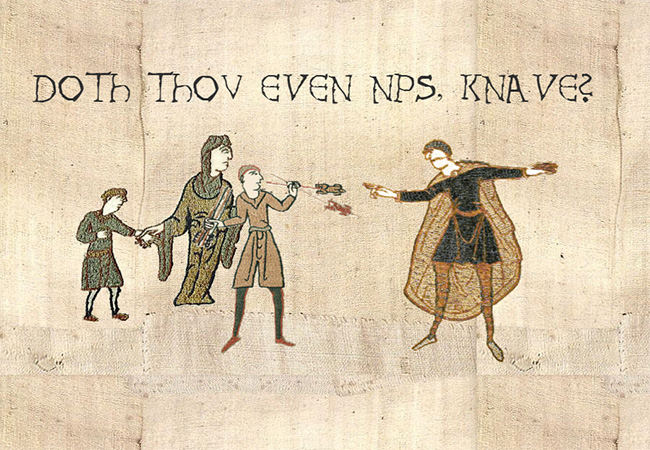Is Your Customer Experience Programme Stuck in the Dark Ages?
Digital transformation isn’t a buzzword anymore it’s an imperative. Ask yourself: Is your Customer Experience (CX) program keeping pace? As a CX...

As a Customer Experience (CX) Manager or Officer, your role extends beyond coordinating with your internal departments, agents or service staff and keeping an eye on your feedback data. A crucial aspect of your job is to demonstrate the tangible value of your CX programme to the C-Suite executives. It's essential to continually validate that the metrics from your Interactive Voice Response (IVR) post-call surveys and customer interactions are not just numbers, but key drivers contributing to the company's financial success.
In environments where founders adopt the "move fast and break things" ideology, keeping them informed and engaged with long-term metric tracking can be challenging. However, the strategy to prove the worth of your CX programme to your superiors is simpler than it may seem: think like they do. It’s not just an oversimplification. By putting yourself in their shoes, you’ll be better prepared to explain the data, and present it back to them in a way that is not just impactful, but memorable.
Prepare for the meeting:
Consider the key questions executives are likely to ask and understand why these matter. Each executive has distinct business responsibilities, and by anticipating their queries, you can link your CX impact directly to their concerns.
For example, your Chief Financial Officer (CFO) might inquire about the cost-benefit analysis of your recent initiatives. Are you able to juxtapose your expenses with the revenue from new business acquisitions or demonstrate how your efforts have retained clients at risk of churning? Similarly, your Marketing Director might be interested in how your training manuals have enhanced Return on Investment (ROI). Can you show an increase in customer satisfaction (cSAT) scores from interactions with your contact agents or an improvement in your Net Promoter® Score (NPS®)?
Prepare your data:
It's vital to share information that clearly connects your actions to revenue generation. Merely presenting statistics is insufficient. Instead, draw clear parallels between your efforts and their outcomes. Data becomes more compelling and understandable when it narrates a story.
Prove efficacy:
Illustrate progress over time rather than just month-to-month data, which can be confusing and difficult to contextualise. Demonstrating data over an extended period reinforces the understanding that enhancing CX is a continuous journey, not a quick race.
Show how far you’ve come:
Finally, share your goals and celebrate the milestones already achieved. This not only showcases your accomplishments but also keeps the C-Suite informed about the ongoing journey and future aspirations of your CX programme.
By adopting this approach, you can effectively communicate the value of your CX programme, ensuring it is recognised as a vital contributor to the organisation's overall success.
If you enjoyed this article, share it with your colleagues, or follow us on social media.

Digital transformation isn’t a buzzword anymore it’s an imperative. Ask yourself: Is your Customer Experience (CX) program keeping pace? As a CX...

A brand promise is so much more than just business goals or a list of value propositions, it’s a fundamental declaration of what customers can...